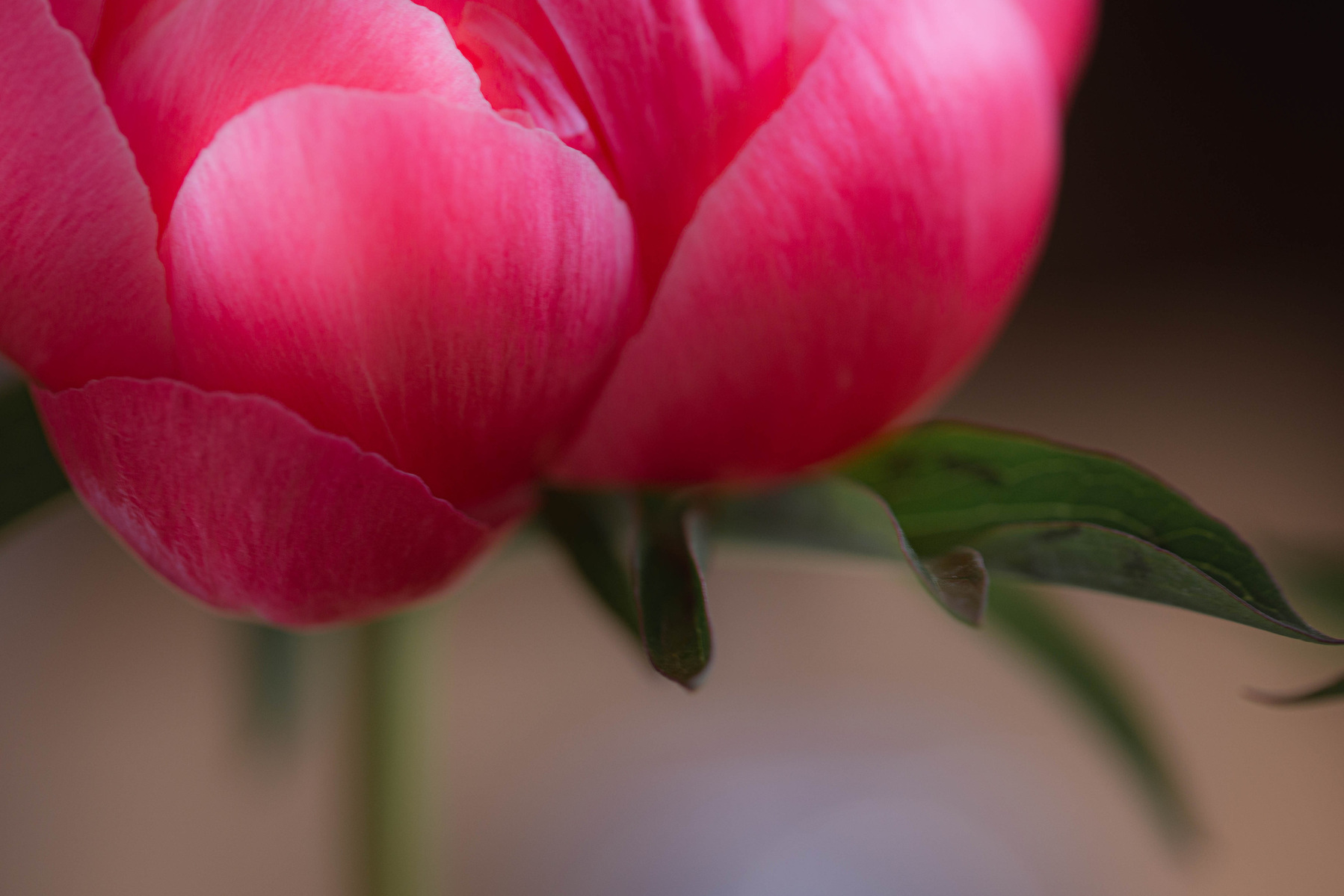Peonies
April 20, 2021The Peony is one stunning and robust flower! It has been around for 4,000 years and is appreciated in homes and gardens worldwide. Most plants can last 100 years. The plants were first seen in the eastern part of the world and spread as the members of royalty moved to different regions. Christians in the Middle Ages thought the Peony was a symbol of wealth and beauty. They cherished the plants and began to create hybrids to increase their power. Many of these hybrids are still in circulation today.
There are historical myths about how the plant got its name, Peony. One is from Greek mythology. A Greek nymph named Paeonia was so extraordinarily stunning that she won the interest of Apollo, the son of Zeus. Aphrodite, the goddess of beauty, grew jealous of Paeonia and turned her into the Peony flower. Other historical references include the Victorian ages; they believed that if you dug up a Peony or brought it into your home, you would be visited by fairies who would put a curse on you. It is always fascinating to me to learn of the historical references to plants.
The Peony plant thrives in the sun, and yet they like a cold winter. Their blooms usually start to unfold in May - July. After they produce their vast flowers, the dark green foliage lasts until winter. Peonies are a great addition to any garden and can be found in botanical gardens in zones 3-8. Here is an excellent article if you are interested in growing Peonies in your garden.
If you live in the DC, VA, MD area, here are some of my favorite spots to see and photography these early summer beauties.
Meadowlark Gardens has a lovely bed of Peonies located near the gazebo lake. They have lots of varieties. I suggest going to visit on their early sunrise days or enjoy before dusk. The beds are out in the full sun, so it is best to capture them on a cloudy day or take a sun diffuser with you. The peonies are only a couple of feet from the ground, so knee pads or a garden kneeler will help you photograph them.
Another unique spot is Schwartz Peony Garden in Maryland. This garden is a historical spot at Seneca Creek Park. “Between 1915 and 1924, a prosperous real estate broker and flower fancier, Mr. Edwin P. Schwartz, collected heirloom peonies from dealers in Holland, France, England, and Germany as well as the United States. Mr. Schwartz’s mansion home, which once overlooked the garden, is now Gaithersburg City Hall. By the 1920s, the family had become prominent peony rootstock dealers, publishing a catalog offering hundreds of different varieties for order by mail. In the 1940s, the family moved their commercial garden operations to five acres in what is now Seneca Creek State Park.”
Many gardens around the area have Peony plants added into their spaces, like Green Spring Gardens, Hillwood, the Bishop Garden, and the Smithsonian Gardens. The plants are usually mixed in with others, so you will have to look for them specifically. Longwood Gardens in PA also has a huge garden bed of Peonies. They have many varieties. The garden beds are large and provide lots of access to photograph the flowers.
Capturing the beauty of these large flowers can be a challenge. They are large blooms when completely open and have so many layers. Here are some tips:
- Look for a bloom that is more isolated on the plant. Shoot further away from the flower to be able to get the entire bloom in your frame. If there is not one standout flower, you can capture several together. I usually keep my focus on one bloom and include the other in the frame.
- Capture just a slice of the flower, focusing on the petal and layer details
- Shoot over the top of the flower. Focus the camera on the gorgeous bud about to open or the center of the bloom.
- Look for creative compositions of the blooms, and if using a macro lens, capture the softness of the petals or the edge of the large curved bloom
- Photograph these flowers early morning or late in the day. A diffuser is often needed to get a good exposure, as the plants are planted in full sun.
- Capturing cut Peonies allows for a lot of creativity. You can photograph them in vases, jars, flat lays, and add other flowers. Check out this page for many great ideas.
Edit your images with a focus on color and softness. You will want to enhance the dreamy, ethereal flower style. Accent the soft petals by reducing clarity a little, add a soft glow. Using Topaz Studio2 will allow you to add creative effects like an impressionistic look or oil paint. I often soften or desaturate any bright magenta-colored blooms as they can be too bright straight out of the camera. Add a texture to the final image at low opacity or even blur the background a touch for a final look.
I hope you can get out early this May and June to see these gorgeous flowers at their prime.














